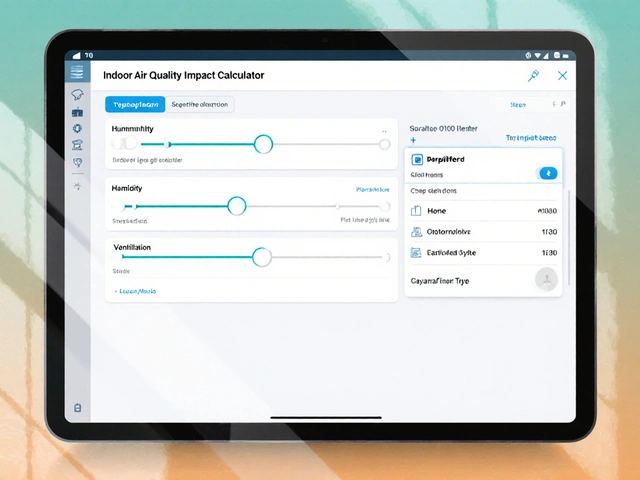Statin Side Effects: What to Watch For and How to Stay Safe
Statins are one of the most prescribed drugs for lowering cholesterol and cutting heart attack and stroke risk. They work well for many people, but they can cause problems for some. This page helps you spot the common side effects, know who’s more likely to get them, and take simple steps to stay safe while keeping the benefits.
Common side effects and what they feel like
Muscle pain or weakness is the issue most people notice. It can be a mild ache or sharp cramps. If you have new or severe muscle pain, especially with dark urine or muscle weakness, tell your doctor right away.
Other fairly common issues include mild stomach upset, headaches, and sleep problems. Some people report memory fuzziness or trouble concentrating. These cognitive symptoms are usually reversible after stopping the drug, but always check with your provider.
Less common but more serious problems include elevated liver enzymes and, rarely, rhabdomyolysis — a breakdown of muscle tissue that can harm the kidneys. Your doctor may test liver function before starting treatment and again if you have symptoms like yellowing skin or persistent stomach pain.
Who is at higher risk and which drugs interact
Older adults, people with kidney or liver disease, and those taking multiple medications face higher side-effect risk. Certain statins interact with other drugs. For example, some are affected by strong CYP3A4 inhibitors such as certain antibiotics, antifungals, and HIV meds. Grapefruit and grapefruit juice can raise statin levels for some types, increasing side effects.
Fibrates, especially gemfibrozil, raise the risk of serious muscle problems when combined with statins. If you’re on other cholesterol drugs, diabetes medicines, or certain heart drugs, your doctor will choose options and doses that lower interaction risk.
Want practical moves you can do now? Start with lifestyle: a heart-healthy diet, regular exercise, and weight control reduce how much medication you need. Keep taking the statin exactly as prescribed. Don’t stop or cut the dose without talking to your clinician — stopping suddenly raises your heart risk.
If you get muscle pain, try simple checks: is the pain new? Is it symmetrical? Does it come with weakness or dark urine? Your doctor may order a creatine kinase (CK) test to check muscle injury and liver tests if symptoms suggest liver trouble. Sometimes switching to a different statin or lowering the dose fixes the problem. Other times non-statin alternatives or adding a non-statin drug can work — discuss options like those covered in our alternatives articles.
Final quick tips: report new muscle pain, keep a list of all meds and supplements (including grapefruit), get regular blood work when asked, and weigh the benefits against risks. Statins help prevent big heart events for many people, and with smart monitoring you can usually manage side effects safely.

Hydrophilic vs Lipophilic Statins: What You Need to Know About Side Effects
Hydrophilic and lipophilic statins differ in how they enter the body and where they go - but that doesn’t always mean one is safer. Learn what actually drives muscle pain and how to find the right statin for you.
Medications
Zocor: Uses, Side Effects, and Things to Know About Simvastatin
Zocor (simvastatin) is a common medication for lowering cholesterol, often prescribed to reduce the risk of heart attacks and strokes. This article explains how Zocor works, its benefits and risks, real-life experiences, and practical tips for anyone starting the medication. It’s packed with facts and easy advice to help you make sense of your options. If you’ve ever wondered what goes on behind the scenes with this widely used statin, you’ll find some answers and things to discuss with your doctor.
Health and MedicineLatest Posts
Tags
- online pharmacy
- medication
- dietary supplement
- side effects
- online pharmacy UK
- medication safety
- mental health
- impact
- online pharmacies
- dosage
- skin health
- health
- pain relief
- dietary supplements
- massage therapy
- medication side effects
- eye inflammation
- health benefits
- mental health treatment
- thyroid medication




